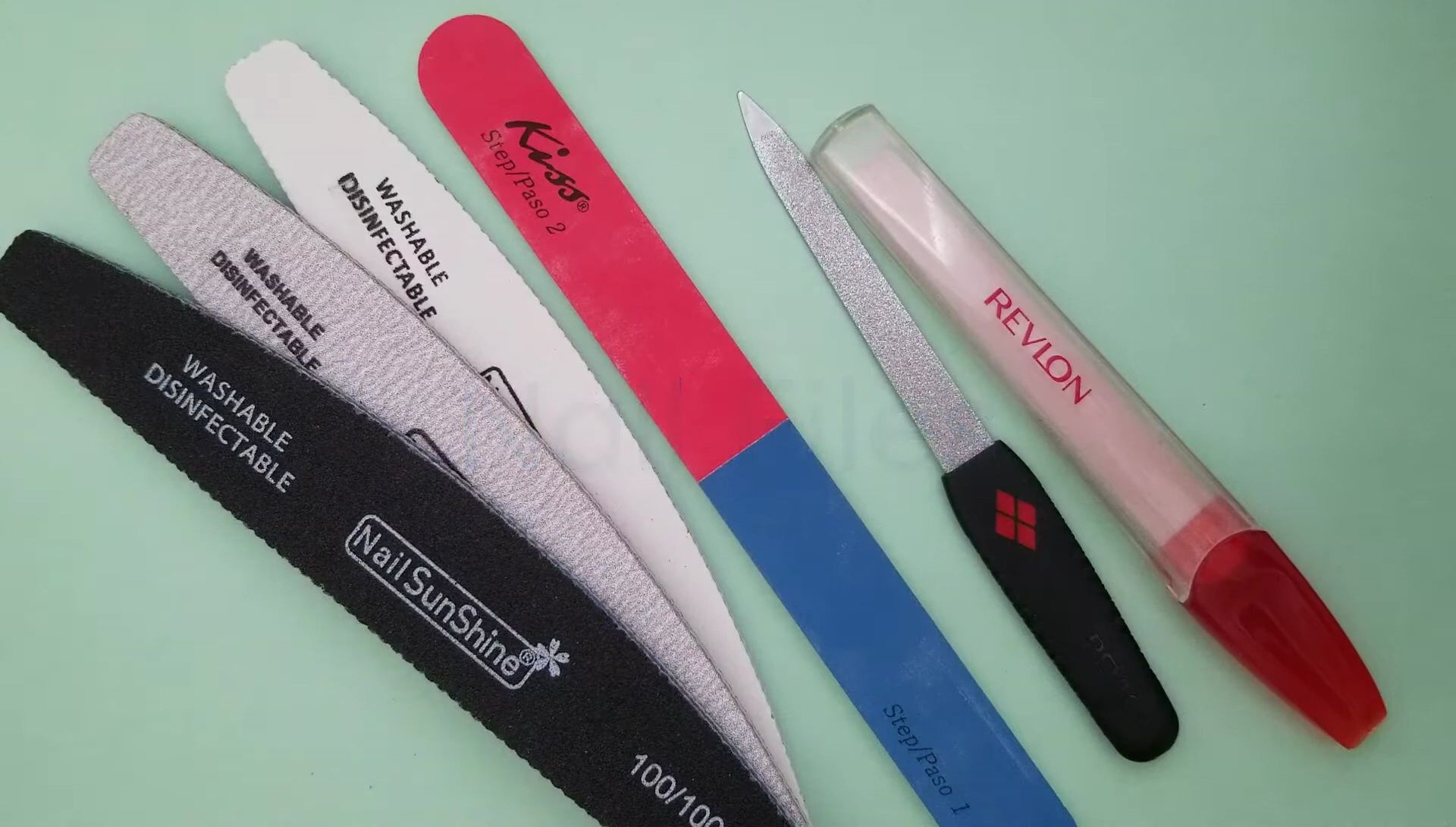Achieving a perfect manicure at home is easier than you think! This comprehensive guide explores the essential nail files, manicure tools, and products needed to create salon-worthy results. We'll delve into the nuances of different nail file types – from classic emery boards to gentler ceramic options – and help you understand the importance of grit selection for optimal nail shaping and buffing. We'll also cover the essential cuticle tools, explaining the differences between various pushers and nippers, and highlighting the best techniques for safe and effective cuticle care.Beyond the tools, maintaining healthy nails requires proper hydration. This guide will discuss the benefits of cuticle oil and hand cream, offering recommendations for products that will keep your nails and cuticles nourished and prevent dryness. By the end, you'll have a complete understanding of how to build your own professional-quality manicure kit, choosing the right tools for your needs and achieving long-lasting, beautiful nails from the comfort of your own home.
Pros And Cons
- Thin and easy to use
- Available in different grits
- Disposable, hygienic
- Classic, double-sided
- Comes in various grits
- Easy to clean (compared to metal files)
- Wears out easily
- Polishes and grinds ridges
- Requires skill and fine motor control
- Risk of removing too much nail
- Personal favorite, works best for natural nails
- Good grit (around 240)
- Has an edge for filing the underside of nails
Read more: Seki Edge Nail Clipper Review: A Cut Above the Rest?
Nail Files: Emery Boards, Metal Files, and More
Emery boards are the classic double-sided nail file, typically available in 100/180 grit, but newer options offer finer grits like 240, 300, or even 320. Some emery boards feature multiple grits on a single file for a streamlined approach. These are generally easy to clean but wear down quickly. Disposable emery boards are a convenient, cost-effective alternative.

Metal files, while sometimes discouraged for natural nails due to potential damage, can be effective for artificial nails. However, thorough cleaning is crucial to prevent bacterial or fungal growth. The etched metal design of some metal files may present challenges for effective cleaning.

Stone or ceramic files are a gentler option, ideal for natural nails. Their smooth surface and often-included angled edge for under-nail filing are key benefits. These tend to be more durable than emery boards.

Grit Explained: Choosing the Right Abrasiveness
Grit refers to the coarseness or fineness of the abrasive surface. Higher grit numbers indicate a finer, smoother surface. 100-grit files are the coarsest, suitable for shaping or heavily filing down thicker nails or toenails. 180-grit files provide a smoother finish, while 240-grit is even gentler and often used for buffing before gel application.
Buffers typically feature multiple grit stages, progressing from coarser to finer grits for a polished finish. Buffers create a high-shine effect on nails.
Selecting the appropriate grit is crucial; using too coarse a file can damage natural nails, while too fine a file may not be effective for shaping.
Cuticle Tools: Pushers, Nippers, and More
Cuticle tools help manage and shape the cuticle area. Plastic cuticle pushers, often included with nail files, are convenient but should be avoided when working with acetone-based products. Orange wood sticks, with their chisel-like ends, gently push back cuticles and remove excess skin. Metal cuticle pushers offer strength and precision, but caution is necessary to avoid damaging the nail bed.

Cuticle nippers or trimmers are used to carefully trim away excess cuticle. Different styles exist, such as angled nippers for precise trimming or V-shaped trimmers for a broader approach. Always prioritize sharp, well-maintained nippers and practice caution to prevent injury. As an alternative, a spoon can even be used to gently scrape away excess cuticle in a pinch.

The choice of cuticle tool often comes down to personal preference and experience level. Proper technique and caution are crucial regardless of the tool selected.

Cuticle Oil and Hand Creams: Keeping Your Nails Healthy
Cuticle oil, such as Sally Hansen's Vitamin E Nail and Cuticle Oil, nourishes cuticles and prevents dryness. A small amount applied to each nail and surrounding skin keeps cuticles hydrated. Fragrance-free options are also widely available.

Hand creams, like Neutrogena's hand cream or more luxurious options from Thymes or Crabtree & Evelyn, help maintain overall hand and nail health. Regular moisturizing prevents cracking and keeps nails healthy. Choose a cream based on your preference and skin type.

Consistent use of cuticle oil and hand cream is key to maintaining healthy, well-hydrated nails and cuticles, enhancing the overall appearance and condition of your manicure.
Conclusion: Building Your Ideal Manicure Kit
Building a complete manicure kit involves selecting the right nail files, cuticle tools, and moisturizers. Emery boards are affordable and readily available, while ceramic and stone files offer a gentler approach. Metal cuticle pushers and angled nippers are valuable for precise cuticle management. Regular moisturizing with cuticle oil and hand cream is crucial.
Consider your nail type and personal preferences when choosing tools. Start with the basics and gradually add tools as your skill and needs evolve. Prioritize quality tools for better results and longevity.
With the right tools and techniques, you can achieve professional-looking manicures at home. Regular maintenance and hydration are key to maintaining healthy, beautiful nails.
